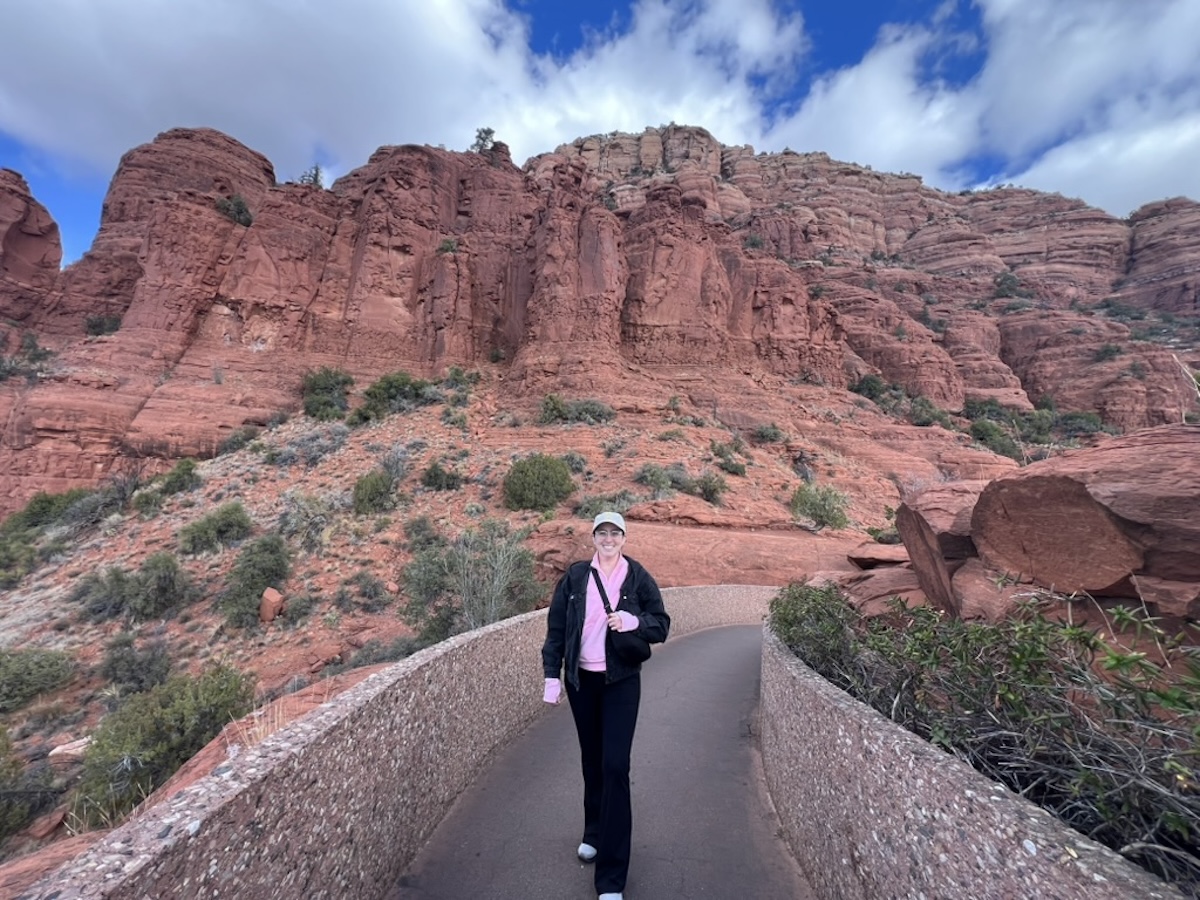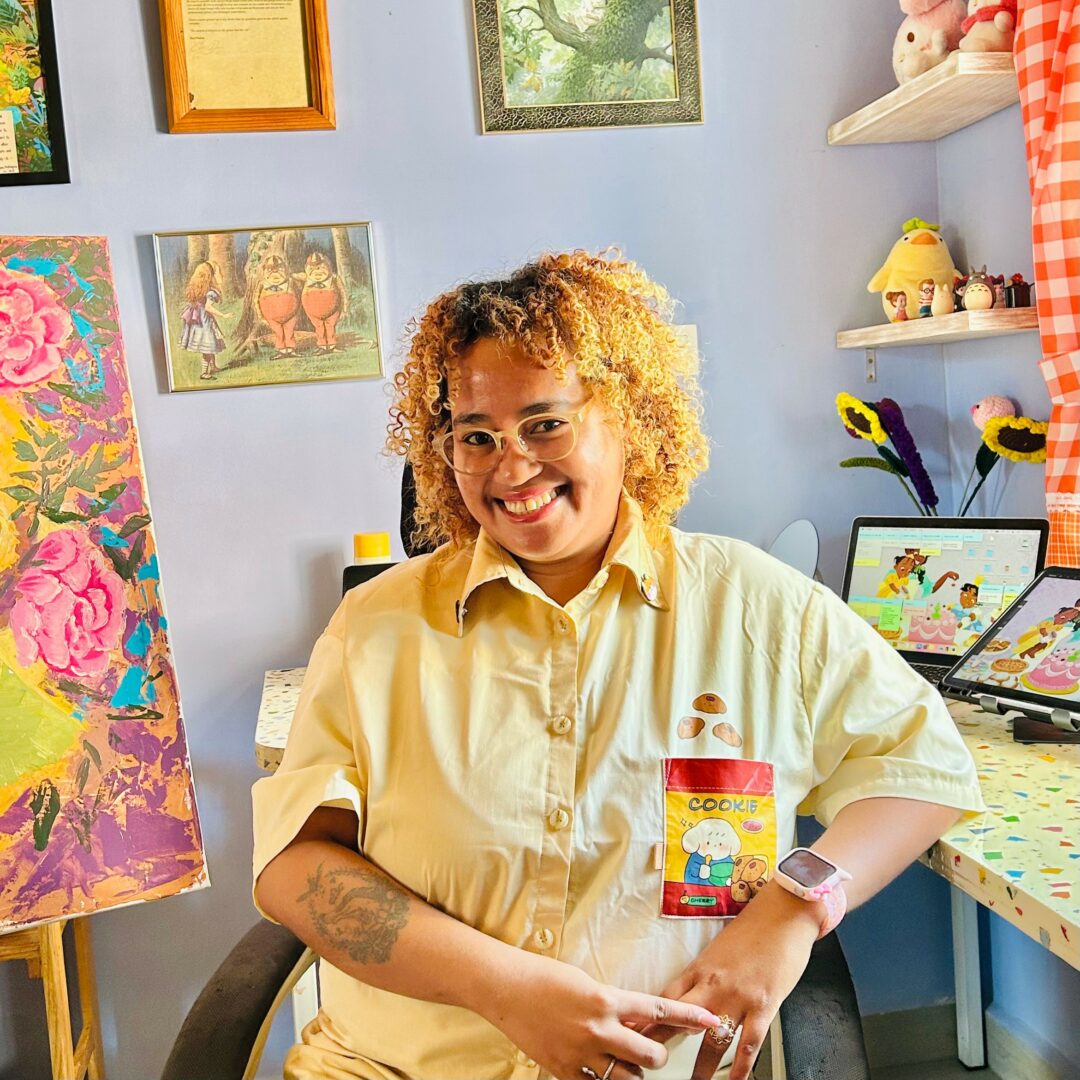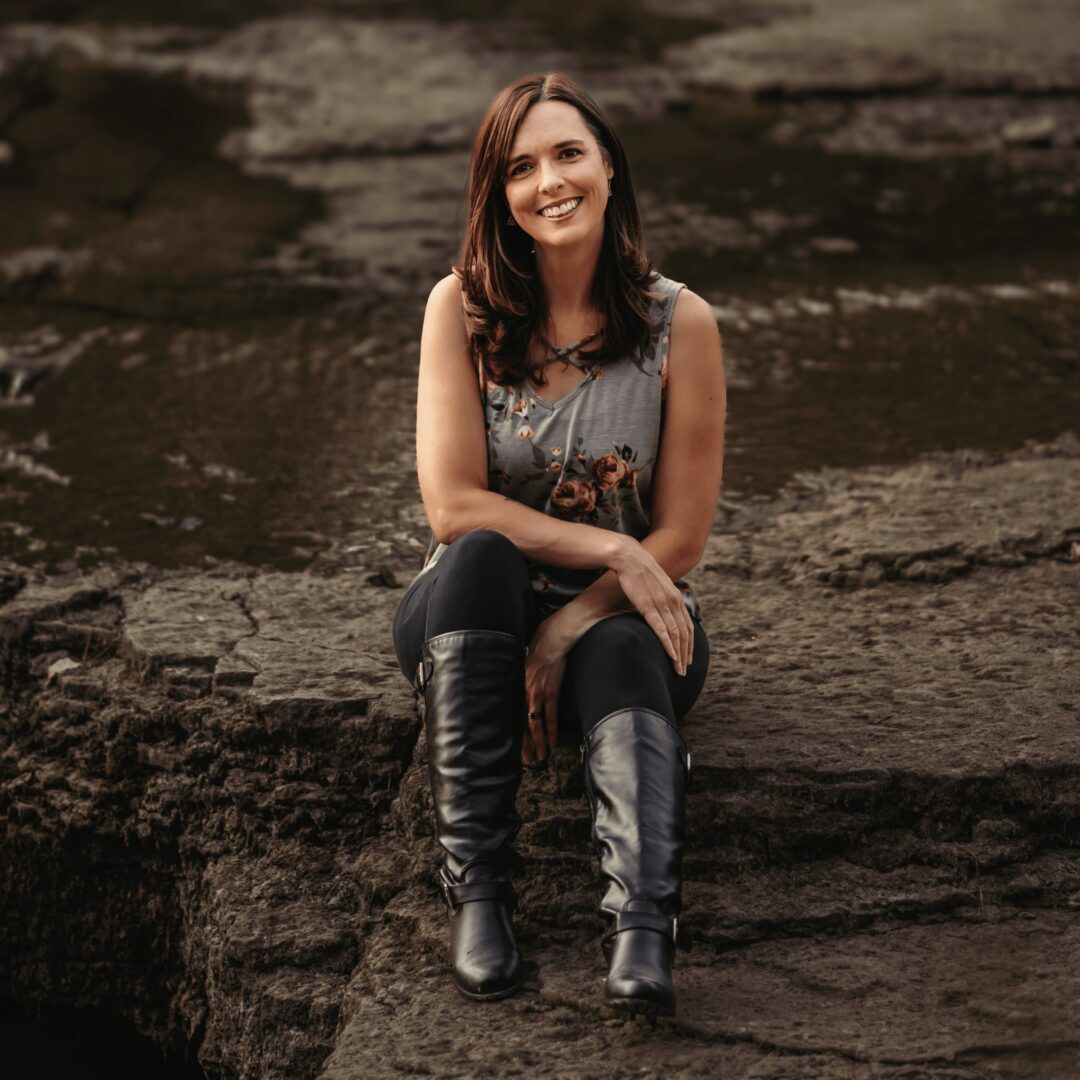We recently connected with Hilla Shapira and have shared our conversation below.
Hilla, appreciate you making time for us and sharing your wisdom with the community. So many of us go through similar pain points throughout our journeys and so hearing about how others overcame obstacles can be helpful. One of those struggles is keeping creativity alive despite all the stresses, challenges and problems we might be dealing with. How do you keep your creativity alive?
For me, creativity is kept alive by staying open to the world around me. I believe that the ability to capture the world from an artistic perspective is a huge privilege—one that requires constant awareness of my surroundings. My point of view centers on the beauty of complexity, and I’m always looking for moments that reflect the aesthetic of the mundane—whether it’s the way people are spaced out on a subway platform, the structure and colors of an abandoned construction site, or the ever-changing tone of the sky at a particular hour.
Keeping my creativity alive means keeping my eyes open and my perspective flexible. I treat the world like a living mood board—objects that are unintentionally organized or seemingly ordinary often become unexpected sources of inspiration. The creative muscle, in my experience, is always engaged.
I bring all of these moments with me into the studio, arranging materials and colors, and using photos or found materials I’ve collected. There’s no specific method I follow in my artistic process—it’s a combination of looking, collecting, sketching, writing, and experimenting with materials and three-dimensional forms. The idea is to remain in the creative process at all times, even when I’m outside the studio.
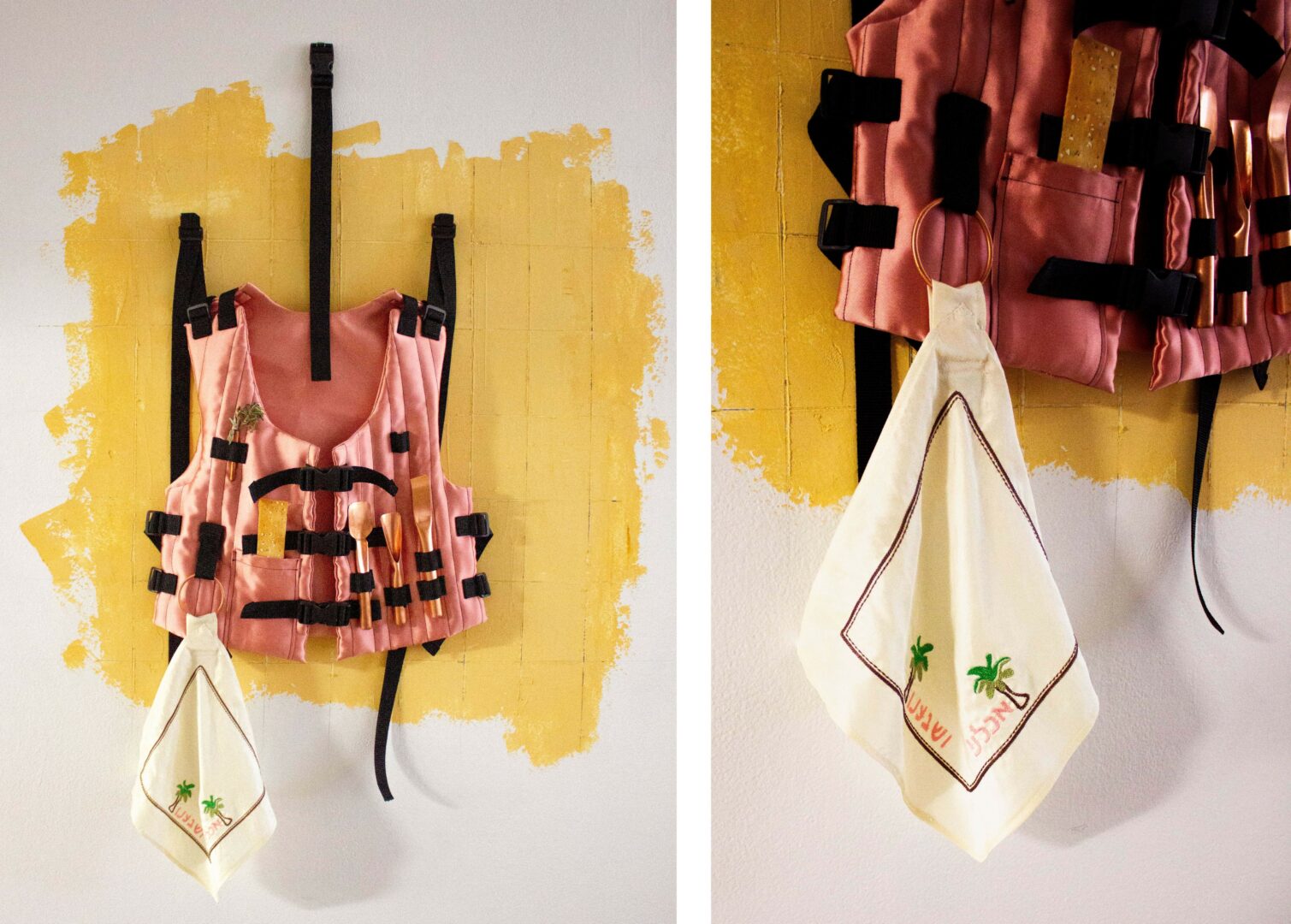
Great, so let’s take a few minutes and cover your story. What should folks know about you and what you do?
I am Hilla Shapira, an artist and designer who primarily works with textiles and soft materials. My work explores the relationships between everyday design and bodily rituals. By creating functional, mundane objects or their representations, I question design norms and examine the political dimensions of everyday items.
Textiles have been the primary material I work with since 2010. I love it so much because of the intimate relationship we have with textiles as individuals, whether in wearable forms or other everyday objects. Through these materials, I see the potential to explore themes of relationships, culture, beliefs, and politics.
I currently live in New York City. After earning my Master’s degree from Cranbrook Academy of Art in Michigan, I moved to the city and have continued working as an independent artist and costume designer. In both fields, I aim to explore the potential of wearables and textiles while combining traditional techniques with new technologies.
Currently, I am working with the Brooklyn Ballet Dance Company, designing costumes for their spring 2025 show. Working with dancers requires a specific understanding of movement and the body. Over the years, I have learned about the potentials and limitations of textiles on stage. There are many components that need to be taken into consideration, such as scale, light, and space. In my artistic practice, the limitations are different: the audience is different, and the way the work is presented is different. I love working within these limitations because it allows me to rethink my work from different perspectives.
My studio work is not necessarily limited to wearable pieces. I also create installations, videos, soft sculptures, and wall pieces. Recently, I have been focusing on Jewish iconography and text. This ongoing project has been my focus in recent years. I aim to create a body of work that suggests inclusive religious discourse and offers a queer perspective on Judaism.
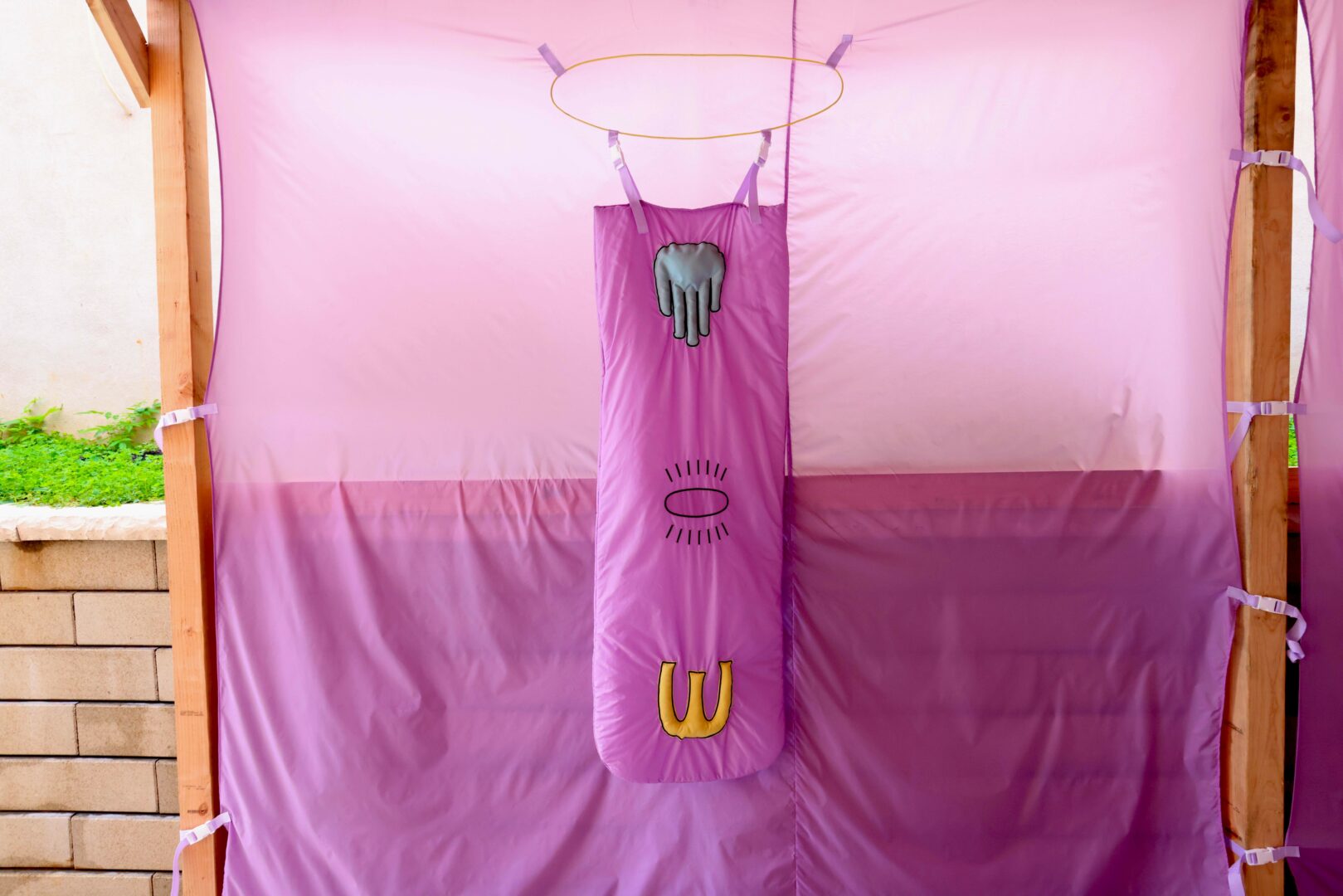
Looking back, what do you think were the three qualities, skills, or areas of knowledge that were most impactful in your journey? What advice do you have for folks who are early in their journey in terms of how they can best develop or improve on these?
It’s all about being open to change, being a forever student. I try to let the material challenge me and learn new techniques through the process. It can be frustrating sometimes, but it keeps me and the work growing. Staying curious about materials and process has been essential. I’ve always allowed myself to explore different mediums, experiment, and follow intuitive connections between color, texture, structure, and concept. I don’t see my process as fixed or linear; it’s more like an ongoing conversation. Even when something “fails,” it becomes part of the learning.
Connecting with people with different perspectives, stories, and creative processes—is something I’ve come to understand as fundamental in my journey. Being part of a creative community has shaped my practice in deep ways. Sharing ideas, giving and receiving feedback, and simply witnessing someone else’s process reminds me that art doesn’t happen in a vacuum. Community provides both support and challenge—it helps you grow.
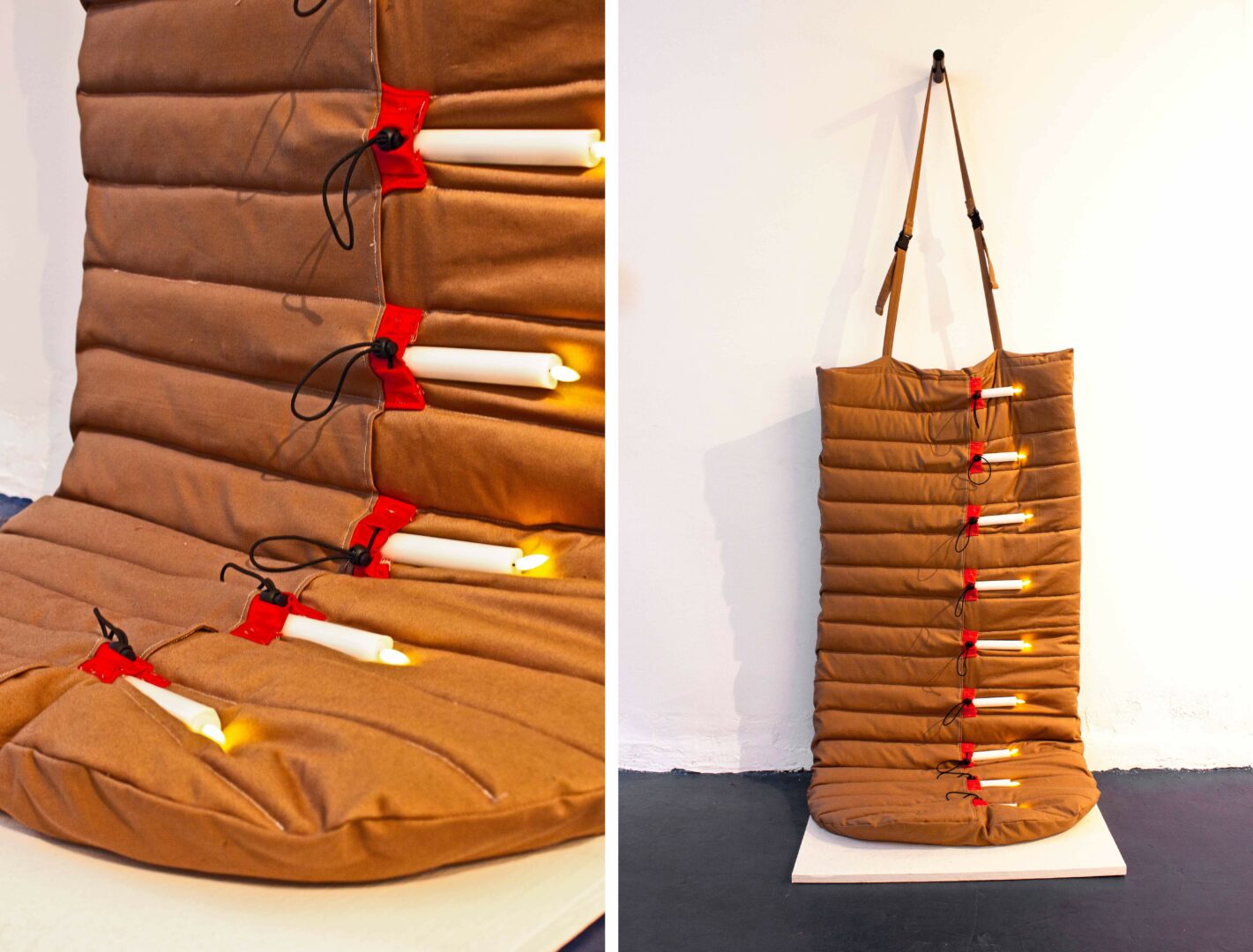
What has been your biggest area of growth or improvement in the past 12 months?
This year, I’ve intentionally created space to experiment—without needing a clear plan or guaranteed result. I’m allowing myself to explore new materials more freely. Recently I’ve been working with unfamiliar materials like ceramic, wax, metal, and wooden beads, alongside more familiar materials like fabric.
Lately, I’ve been developing a series of wearable sculptures and ritual objects that bring these different materials into conversation. Shiny quilted military vests sit alongside wall pieces made from wooden beads. Digital techniques like CNC embroidery are integrated with traditional garment construction methods.
All of these works explore contemporary Judaica, where I challenge traditional designs through a queer lens. This raises ongoing questions in my practice: How are the aesthetics of spiritual objects determined? How can holiness be conveyed through material and form? And what role does functionality play in this context?
Contact Info:
- Website: https://www.hillashapira.com/
- Instagram: @hilla_shapira
- Facebook: Hilla Shapira
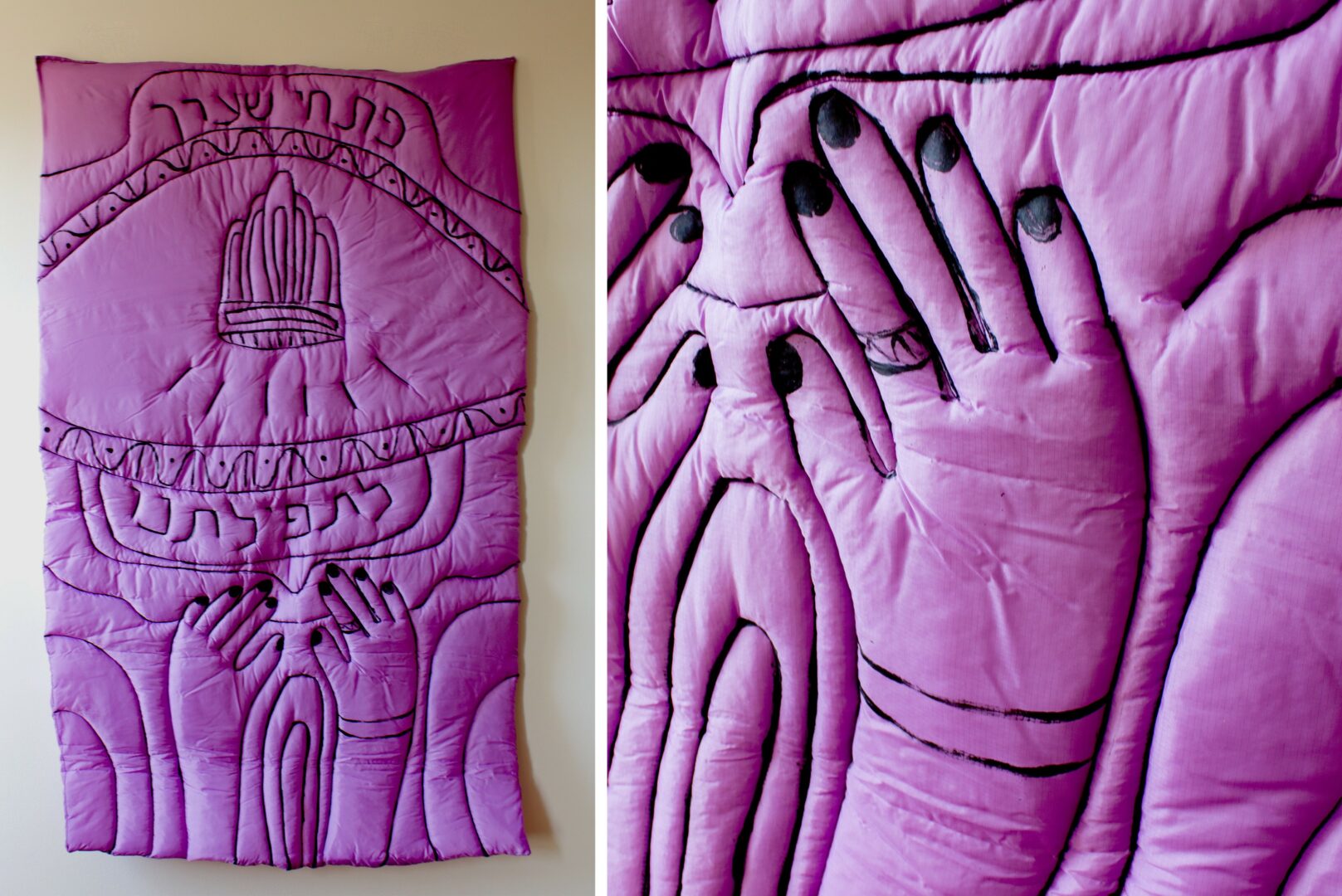
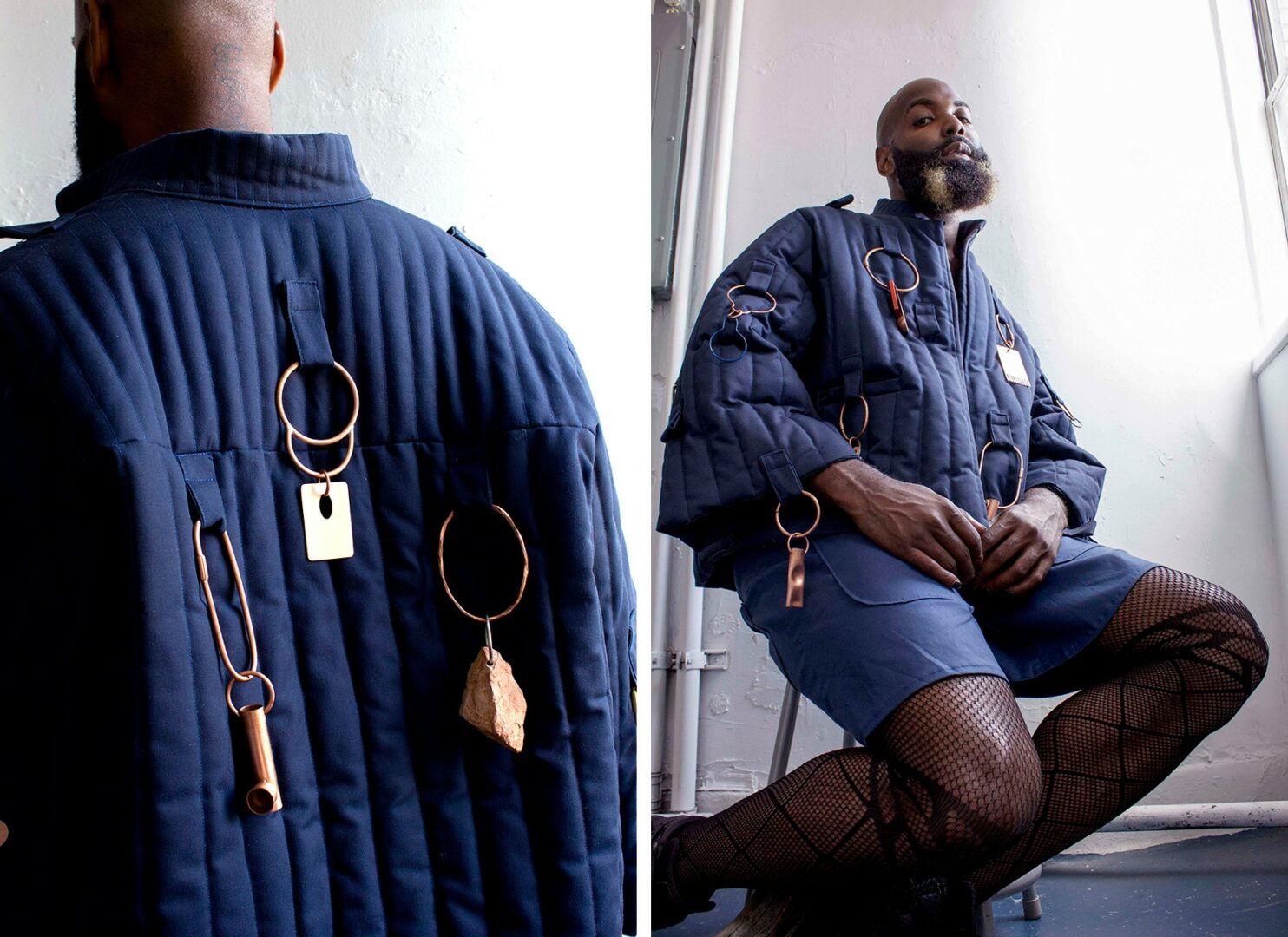
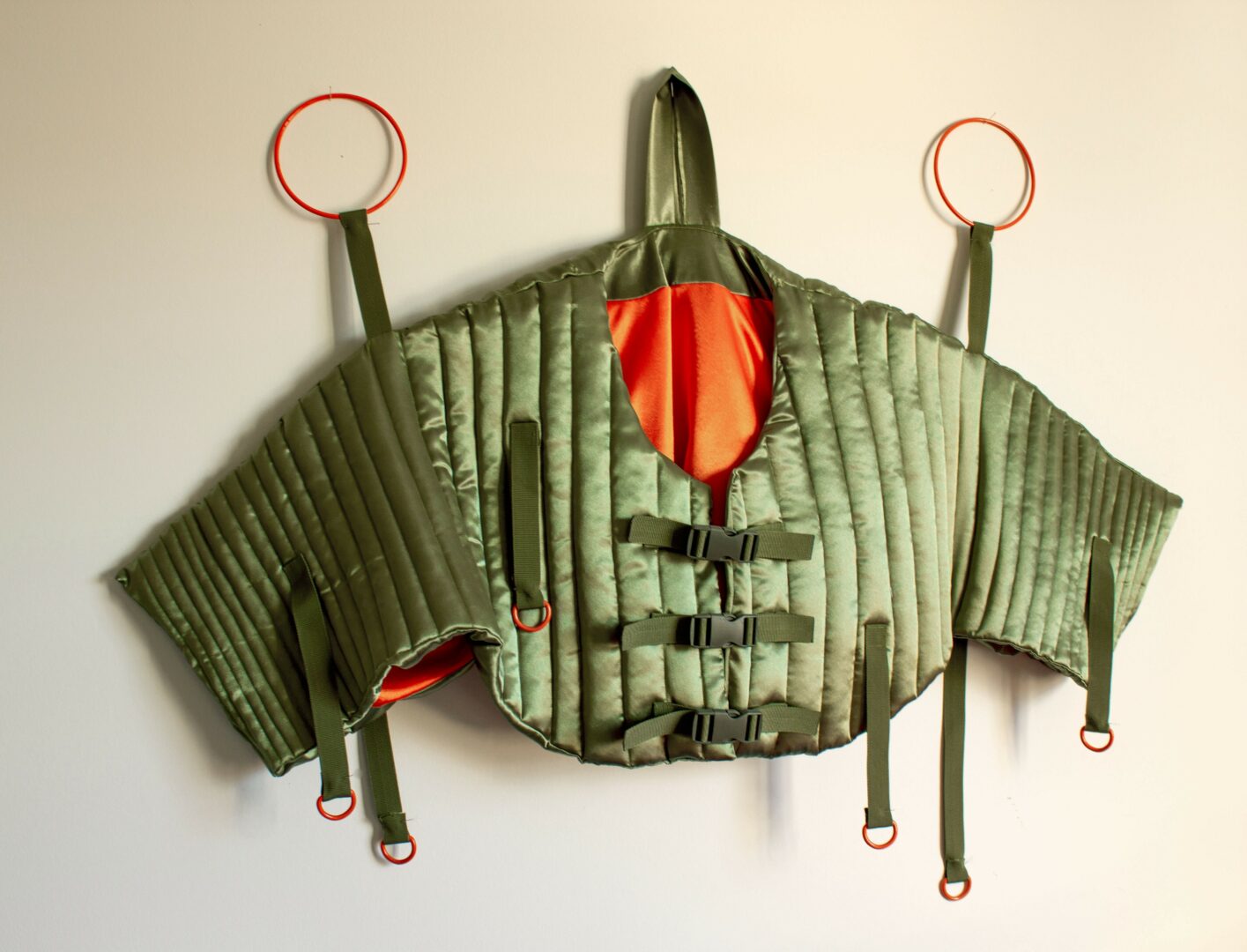
Image Credits
Profile- Yonatan H Mishal
Other images: Ming Fan Chan & Hilla Shapira
so if you or someone you know deserves recognition please let us know here.


